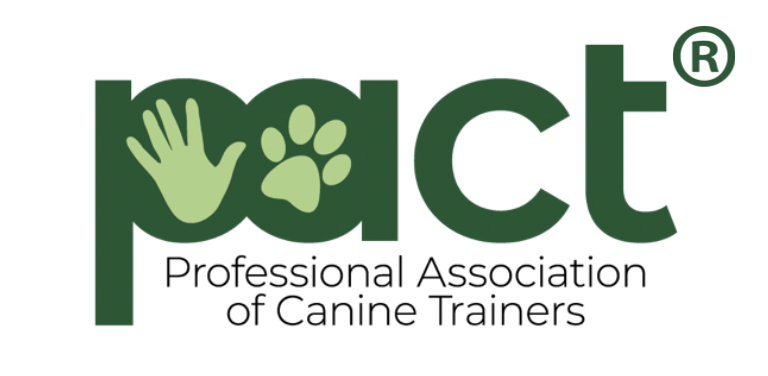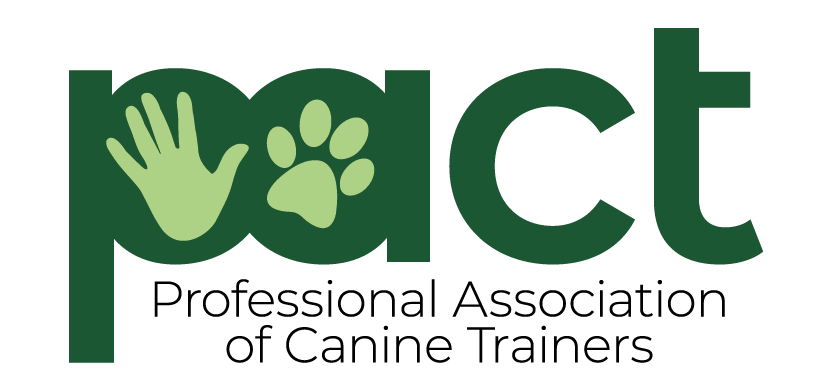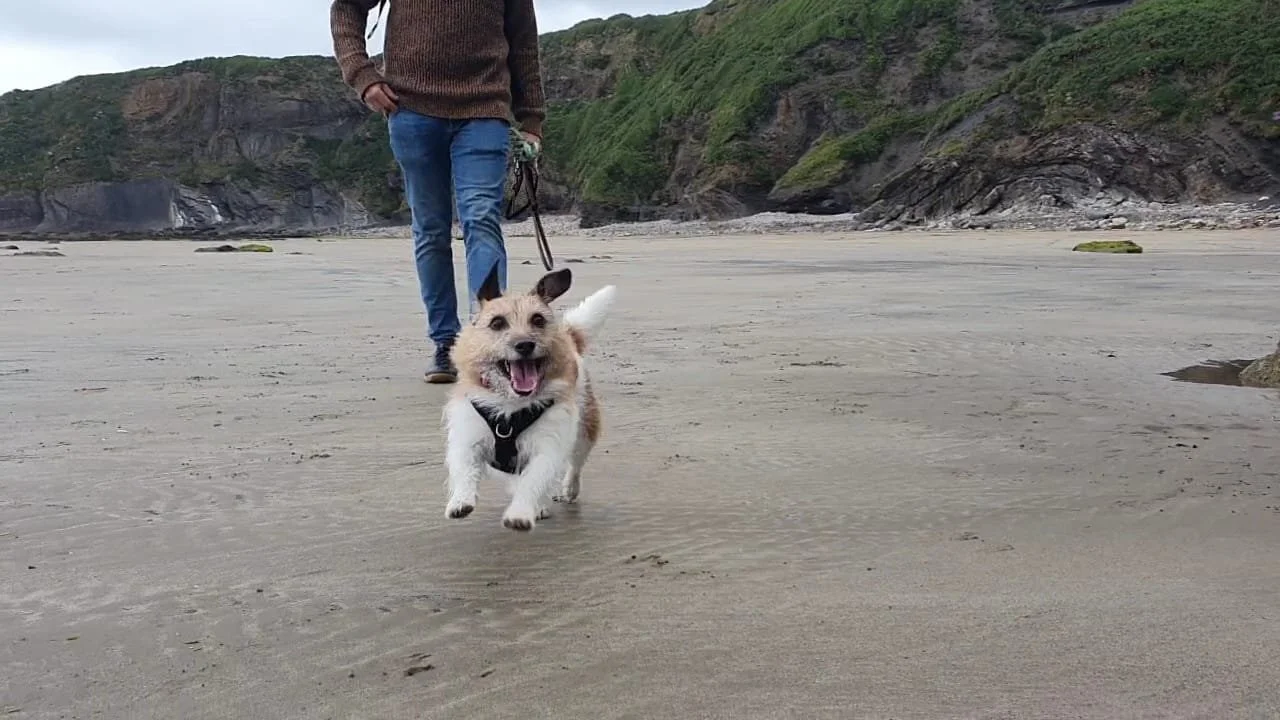Bow to avoid a Row -Why us “citizen ethologists” see the most wonderful things
By Steve Goodall
Examples of the Play Bow
Before I get into this blog I am aware that there may be a misunderstanding inherent in the title of this blog. In the U.K. the word row (pronounced like bow to the king) means to have an argument or “noisy disagreement”. I just thought I’d clear that up as I know we have quite a few readers from overseas and that is a pretty U.K. specific word. Now that’s all cleared up, let’s begin!
So there we were on a beautiful beach on the Pembrokeshire coast in Wales having a sandy adventure with Penny, our little Jack Russell Terrier. The beach was huge, lots of space and best of all, the sun was shining. Now Penny (or Penguin as we like to call her) is very dog selective. When on lead she can be known to shout first, ask questions later but she is much more relaxed when off lead. When we see people approaching with a dog we generally do some “Penguin maths” which includes us assessing the size, breed and body language of the approaching dog, as well as the body language of the human. If all looks/feels good we may let her meet the oncoming potential Penguin friend, if not, we might pop her back on lead and give the other dog, and her, some space.
Penguin on the beach
This particular day we’d seen a few dogs on the beach that clearly didn’t want to be bothered by a fizzy little terrier. One was a Border Collie who was laser focused on his luminous spherical treasure and, another was a large Lurcher who, upon seeing us approaching, tucked in and behind her guardians legs. No worries, we acted accordingly and upheld our part of the dog walkers “unwritten code”. The next dog that appeared seem to tick all the boxes for a potential Penguin playmate; Loose body language, right size, no toy, interested and his guardians seemed very relaxed. So we let her approach to say hello.
Zoomies!
Penguin isn’t the politest of canines, her hellos are more akin to charges and as she galloped towards this dog he started to have, what looked like second thoughts. A clear lip lick and head turn caused Penguin to put the brakes on. Penguin then performed one of the most joyous play signals the animal kingdom has to offer, a play bow. She bowed to the dog and took off in a wide circle inviting a game, her bum tucked low as she went nought to sixty, joyously sprinting in a big semi-circle. She came to an abrupt halt a few metres away from this potential playmate and froze. After a few seconds of getting nothing back from the dog she bowed and took of again for another sandy semi-circle of hopeful joy. Same again, she stopped, froze and watched the dog for any signs of the acceptance she was obviously craving. I’m sure that if you’re reading this then you are well aware of what a classic play bow looks like. Us dog lovers are all, what I like to call, “citizen ethologists”. Perhaps, however, you’re not so clued into just how sophisticated this behaviour can be?
Penguins Play Bow
When two dogs play together, they are entering into an agreement. It’s like a contract that is signed by waving their fluffy derriere’s up to air and lowering the front half of the body. It’s sublime to watch and will never get old for as long as I live. Not only does a bow serve to initiate a play session it can also be seen to work as way of “checking in” that all is good throughout an interaction. We can be fooled into think that it’s a random act of wild abandon yet nothing could be further from the truth. It’s a purposeful, deliberate act. It boggles my mind to think of everything that is going on when dogs play. If you observe you will see a plethora of activities within these games. You’ll see: Predatory behaviours, anti-predatory behaviours, mating behaviours all being rehearsed, often at great speeds and all of which can be misinterpreted by the dogs. The bow serves as a way of asking, “are we good? Shall we carry on?” or sometimes even “I’m sorry… That was a bit much, would you like to go again?”. This kind intelligent communication in play can be seen across the entire animal kingdom and is endlessly fascinating. A beach is a great place to watch successful dog to dog play interactions (or indeed, unsuccessful ones) but, you can see this everywhere. Dog parks, country parks, back gardens, anywhere where dogs will meet or interact. If you’re a real behaviour geek you might even visit a place like this with no dog, a coffee and a note book. The more we observe the more we learn. That’s being a TRUE citizen ethologist.
So back to the beach… Alas this story didn’t end with a raucous gave of “chase me” for little Penguin. After her second attempt to entice a game the dog, calmy and gently, turned his whole body away from her and that was that, his intentions not to play were clearly signalled. Penguin got the message loud and clear this time and trotted back to us happily and went our separate ways. Maybe next time.





